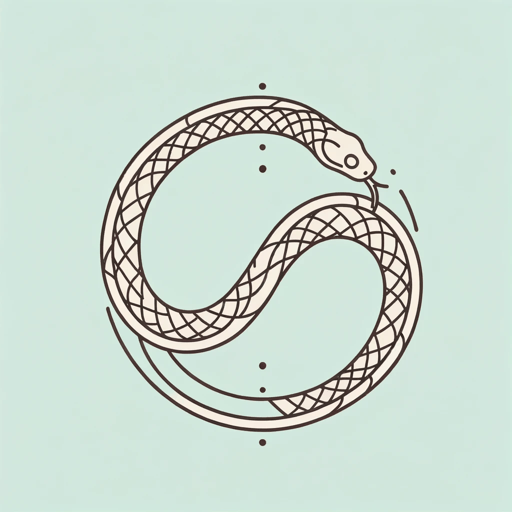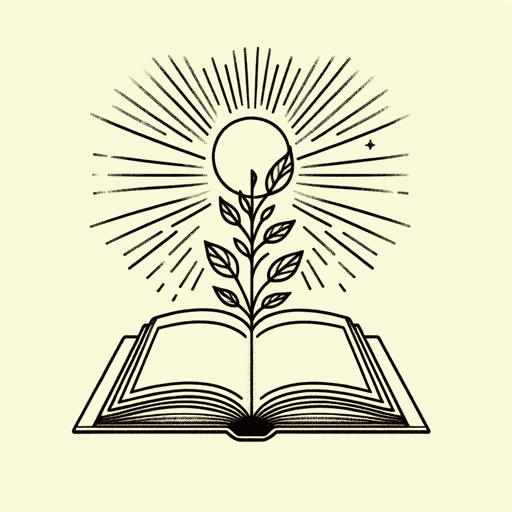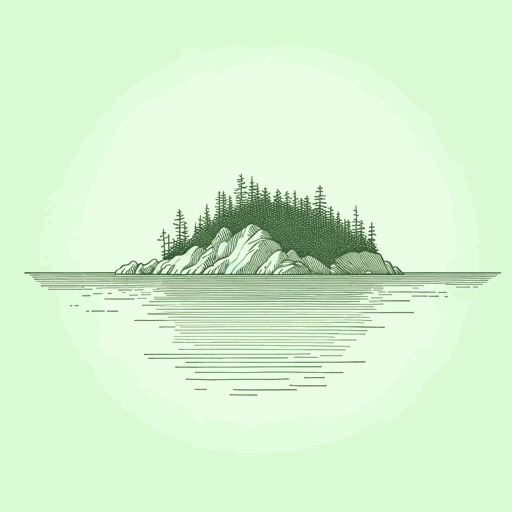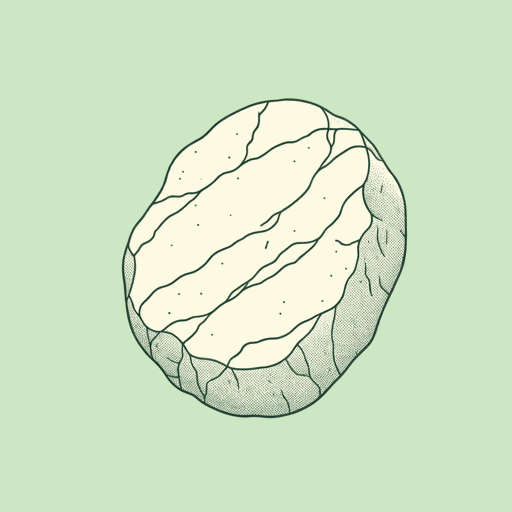42 pages • 1 hour read
Annie DillardPilgrim at Tinker Creek
Nonfiction | Book | Adult | Published in 1974A modern alternative to SparkNotes and CliffsNotes, SuperSummary offers high-quality Study Guides with detailed chapter summaries and analysis of major themes, characters, and more.
Background
Literary Context: Thoreau, Dillard, and the Mythology of Nature Writing
Dillard’s master’s thesis in English focused on Henry David Thoreau’s Walden, which describes the life of solitude and simplicity he embarked on beside Walden Pond. As Dillard wrote Pilgrim at Tinker Creek, her notes were littered with references to Walden and to her internal struggle over her placement within a tradition of nature writing. Dillard especially questioned whether she should write the book as a work of fiction with a first-person male protagonist. History sent a discriminatory message: Nature belonged to men.
Furthermore, it seemed that nature belonged to men who eschewed society. Figures like John Muir and Thoreau, from whom Dillard drew inspiration, were shrouded in the mythology of the hermit in the woods. Muir and Thoreau followed in the footsteps of the many writers and thinkers who have hailed the wonders of isolation. Spiritual writers like Lao Tse and Saint Paul of Thebes lived alone in communion with nature. In the 18th century, Jean-Jacques Rousseau wrote about his hermitage, a cottage in Montmorency, France, where he wrote his political treatise. Charles Darwin, James Audubon, and even Johnny Appleseed—otherwise known as John Chapman—further contributed to the mythology of the lone white man in the wilderness. Connecting with nature became synonymous with male solitude, and those who attempted to write about the natural world were scrutinized for their authenticity as hermits.
Related Titles
By Annie Dillard







